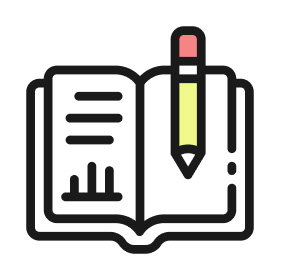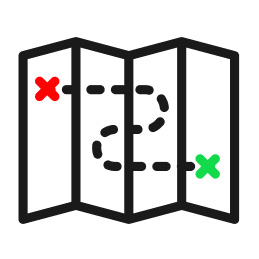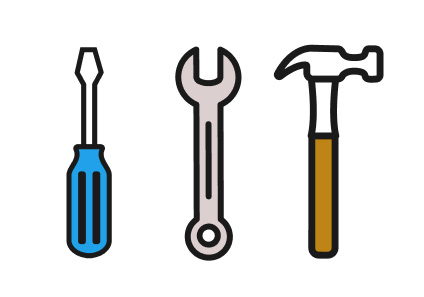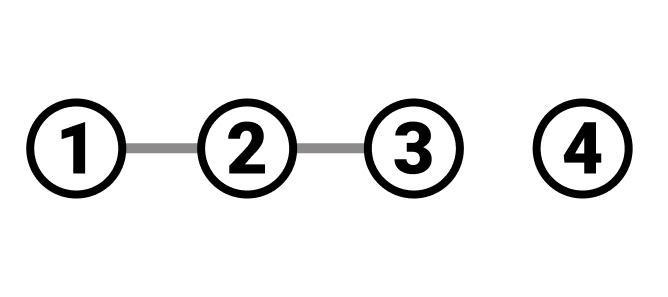Our work requires collaboration with clients, and this is best done in person. Since that hasn’t been an option for a while, we’re all developing new ways of getting the information and feedback we need from our client teams.
When you’re designing in complex enterprise spaces, you’ll encounter a common problem: No matter how smart you are, how hard you work, or how focused your research is, you’ll never know as much about the problem space as your client. Knowing this, our team took a co-authoring approach with our client team on a recent project to collaborate most effectively, particularly in the wake of remote work and COVID-19.
It took us a while to narrow in on the best approach for our dual teams, but ultimately, a combination of focused, structured homework assignments and collaborative workshops was the solution. Hopefully some of these tactics will save your team some time and headaches.

Participants
Who attends, when and how becomes extra important when dealing in scenarios that are more out of your control as a facilitator. In general, we crafted and used these heuristics to get as successful a meeting as possible.
- It’s important to have the right people in the workshop, but just as important to limit the group to people who are essential. For our project we found that 3–5 clients was the sweet spot.
- Understanding the client-side hierarchy, areas of specialization, and domain ownership can be tricky. As we became more familiar with one another it got easier to politely ask the question “who owns this decision?”
- It’s almost impossible to collaborate with a client team that is either unwilling to engage, or unclear on their role. In order to bring clarity to roles & responsibilities, we just spelled it out — “we’re looking for feedback on these pieces today, and this is the form we’re hoping that feedback will take.”

Prep work / Homework
People are usually drawn to read what they see on the screen, so preparing them ahead of time is a big help. In order to accomplish this we would let them know what we’d be talking about ahead of time, how it fit with the larger project plan, and why it mattered.
In early July we started giving the client team homework that typically took the form of minimally-designed spreadsheets to be filled out ahead of time and sent back to us in time for us to transcribe their answers into a Miro board. This is likely to have helped in three ways:
- The client team was thinking about the problem space in a detailed way ahead of time
- The client team saw their thinking in the work we were discussing
- It shifted the conversation from “what do you think?” to “does everyone agree with these points?” This shift to establishing alignment accelerated our process dramatically.

Setting expectations through context
At the outset of each workshop we set the context in three ways:
- The goals of the conversation
- A listing of assumptions that informed the workshop
- A clear articulation of how the workshop fits into the larger project, and what will come next
Along the way we would also remind them of comments and decisions they’d provided earlier.

Tools & Methods
Our early workshops were designed to be participatory in Miro. We had limited success with this, and found ourselves devoting a fair amount of time to explaining the platform.
- The remedy for this was to document their homework in Miro just before the workshop, and to bring it to life during the workshop with active conversation and documentation.
- We used Figma for a few workshops, and while this worked fine it didn’t feel as fluid as Miro. In the end our toolkit was Excel, Miro, and Zoom.
Behind the scenes we made some important decisions about the choreography needed to support the workshop:
- One person to share their screen, limiting screen hand-offs
- Collective note-taking either in the Miro board (if the client likes to see this happening), or in a separate document (if the note-taking is distracting)
- Scale the Miro board for maximum visibility and focus on Zoom
- Timebox workshop activities ahead of time

Connecting the workshop to next steps
During our early workshops the client team would often get hung up on the “why?” of the workshop, and the time it took to justify our workshop methodology became counter-productive.
Later in the project we shifted to a “just trust us” approach, and this worked well. In order to set their minds at ease with the time we were asking of them we were careful to connect the workshop results to next steps. One of the ways we did this was to close each workshop with a high-level review of “what we decided today.”
Following this listing of “decisions made” we would take a look forward, and share our thoughts about how the results of the workshop would inform or drive the work-to-come. We found that this reminder was often needed multiple times during the workshops, but would help to orient the entire project team in the most important tasks in front of us.
- Inevitably issues came up that were important but had to be set aside. In order to be sure we were keeping track of these ideas and concerns we created a “rabbit hole” document that we shared with the client team.
- Finally, we made it a point to refer to the workshops when presenting our recommendations. These recommendations took the form of detailed spreadsheets documenting visit types, and end-to-end diagram illustrating activities, participants, and outcomes, IA, and wireframes.
Every client team is different, and every project presents unique challenges. Having said that, these insights are likely to find their way into our next series of remote work sessions, regardless of the client team or project.
